
OR
Public not getting promised returns from hydropower companies, say investors
Published On: February 22, 2019 07:20 AM NPT By: Rudra Pangeni | @rudrapang
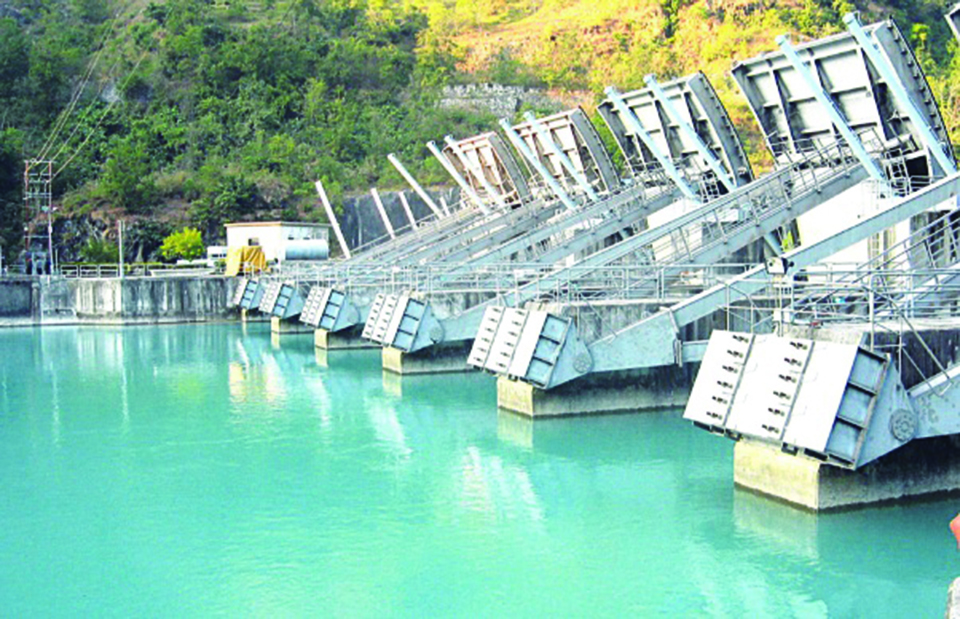
KATHMANDU, Feb 22: Work at the Upper Tamakoshi Hydropower Project (UTHP) remained standstill for about a year due to non-performance of an Indian contractor. The mega infrastructure project, which is being built by mobilizing domestic resources, is in the last leg of construction now.
The project’s cost has nearly doubled to Rs 70 billion, including Rs 20 billion earmarked to pay high interest rates. There are some valid reasons behind cost and time overruns due to earthquake and Indian blockade though.
The general public have invested nearly Rs 10.59 billion in this project. But cost overrun is sure to eat into much of the project’s earnings. The project had promised internal rate of return of 15 point when construction works began. However, it has now come down to 11 percent.
Upper Tamakoshi is just a case in point. General public, who have invested in over two dozen hydropower projects, are not earning what they were promised.
Many companies present lofty projections in their financial reports while launching initial public offering (IPO). Profits of several hydropower projects, which were said to be lucrative when construction works commenced in 2011, are getting lower now. Share prices of these companies are near the face value of Rs 100 per unit in the secondary market. However, there are some exceptions like Chilime Hydropower Company Limited and Sanima Mai Hydropower Limited which are giving good returns to investors.
A total of 24 hydropower companies have been listed on Nepal Stock Exchange (Nepse) for trading. But these companies are earning very little, putting investment of general public at risk, say investors.
Experts in hydropower sector say that very few companies are credible and are practicing good governance and transparency. It is an open secret that the costs of these projects are highly inflated due to corruption and mismanagement. However, general public are kept in dark.
Though Electricity Regulatory Commission Act was enacted in April last year, the government has not been able to form Electricity Regulatory Commission yet. Interestingly, the law was drafted after a decade of the government’s announcement to form the commission.
The bleak investment scenario in hydropower sector is contrary to a general perception that hydropower is a lucrative sector and anyone can get good money by investing their money in this sector.
Amid this uncertainty, the government last week launched a program to mobilize funds of general public for hydropower development. But the program makes little sense to investors. The government has floated as many 19 projects to mobilize domestic resources, but the announcement lacks clarity.
Investors say they have repeatedly asked Minster for Energy, Water Resources and Irrigation Barshaman Pun, executives of Securities Board of Nepal and Nepal Stock Exchange to form a regulatory agency for hydropower sector at the earliest. But their demand seems to have fallen on deaf ears.
Stakeholders see the need for a strong regulatory body in the hydropower sector like Nepal Rastra Bank in banking sector and Beema Samiti in insurance sector.
Chhote Lal Rauniyar, vice-chairman of Nepal Investors Forum, said that billions of rupees poured in the hydropower projects are at risk in the absence of regulation of hydropower companies. “The government should do necessary homework before asking people to make investment as they may not invest if the company’s projected financials are weak,” Rauniyar, who has investments in hydropower projects, including Chilime, told Republica.
Investors say the 19 projects floated by the government are at a very early stage of development. “If investors do not know about project cost and rate of returns, how can they make investment?” Kumar Pandey, vice-chairman of Independent Power Producers Association, Nepal, questioned.
The new government announcement is similar to the one floated by former energy minister Janardan Sharma. That time also, the government asked people to make investment commitment without even identifying any project, say investors. Nobody knows about the investment commitment that people made at that time, they added.
Arjun Gautam, chief of Investment Department at Employees Provident Fund, said it is too early to be optimistic about investing in hydropower projects. “Announcements alone do not make people confident. There should be guarantee of market for generated electricity and specified internal rate of return, among others,” he added.
EPF has financed Upper Tamakoshi Hydropower Project.
Executives of IPPAN say that the government announcement came with a motive of discouraging private sector. “We have long been demanding a level playing field in hydropower sector,” added Pandey.
You May Like This
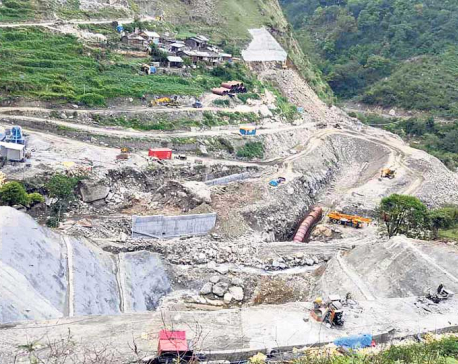
80 percent work at Upper Sanjen project complete
RASUWA, Feb 24: Construction work for Rasuwa-based Upper Sanjen Hydroelectricity Project is 80 percent complete, and is moving forward at a... Read More...

Preliminary survey of Lower Seti Hydropower Project begins
TANAHU, Nov 22: Preliminary survey of 105-megawatt Lower Seti (Tanahu) Hydropower Project has begun. ... Read More...

Economist Sachs stresses hydropower development
KATHMANDU, Dec 4: Jeffrey D Sachs, a world-renowned professor of economics, has said that hydropower is one sector that can help... Read More...





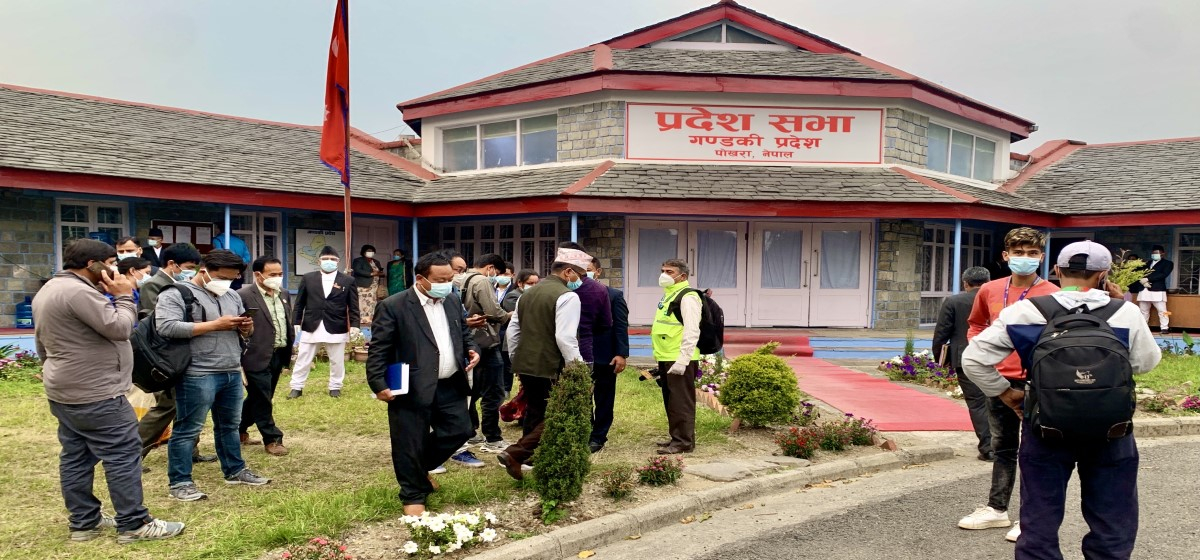

Just In
- Nagdhunga-Sisnekhola tunnel breakthrough: Beginning of a new era in Nepal’s development endeavors
- Altitude sickness deaths increasing in Mustang
- Weather forecast bulletin to cover predictions for a week
- Border checkpoints in Sudurpaschim Province to remain closed till Friday evening
- Gandaki Province Assembly session summoned
- CM Karki to Speaker: Resolution motion for vote of confidence unconstitutional
- EC reminds all for compliance with Election CoC
- 13 killed, several injured after strike at Al-Maghazi refugee camp in Gaza



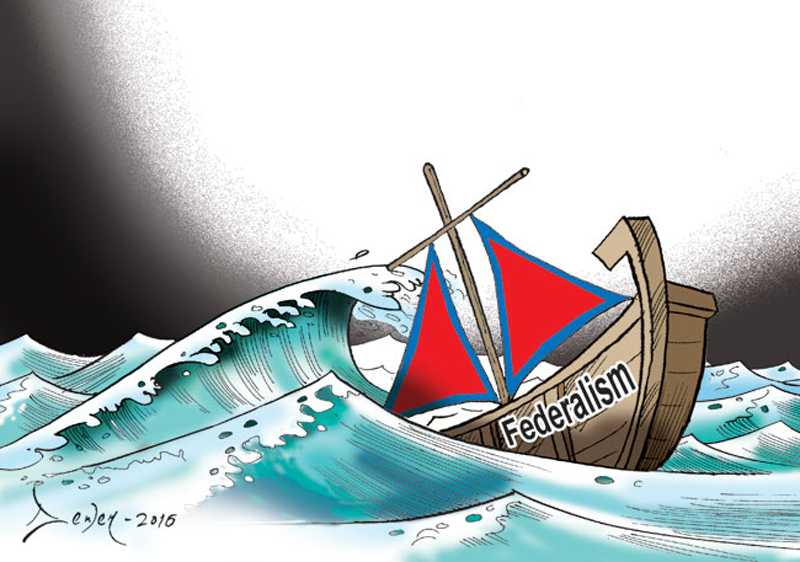





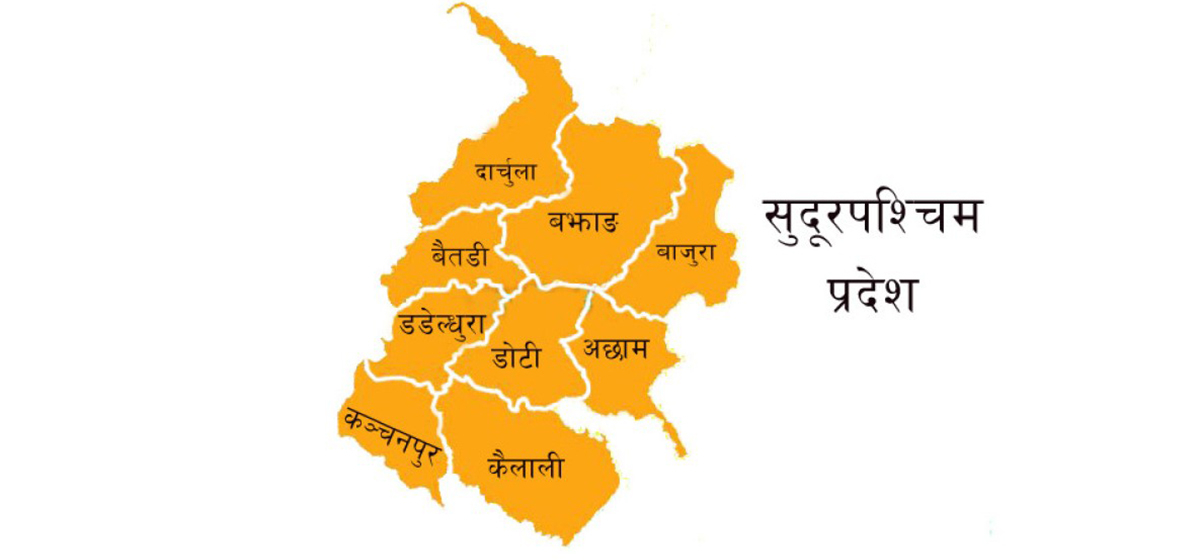
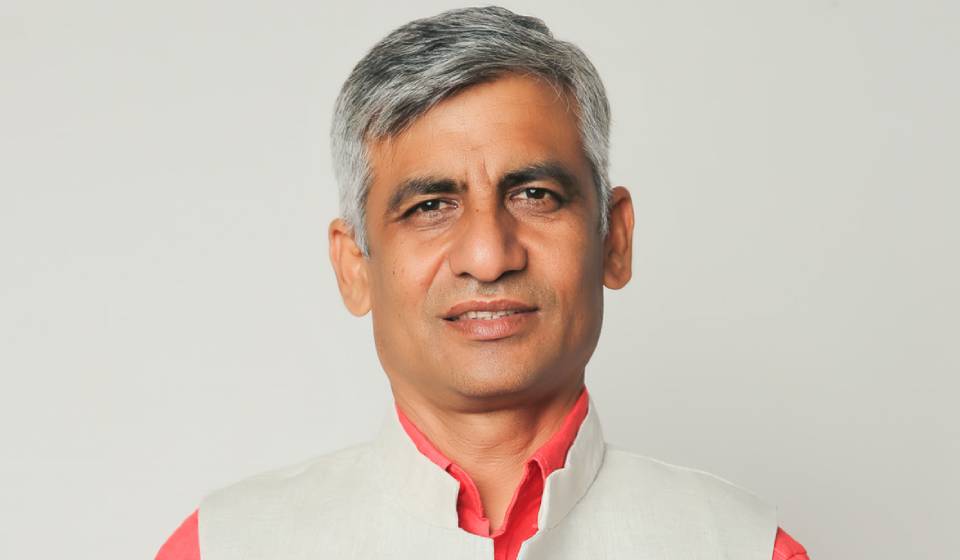

Leave A Comment